Reproduction of roses by layering
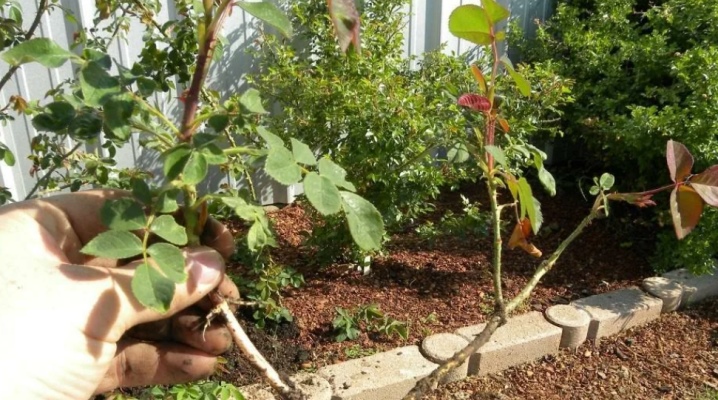
Reproduction of roses by layering is a great way to increase your collection of decorative crops, to make the site even more picturesque and unique masterpiece of landscape design. Experts in this field are confident in the productivity and naturalness of the vegetative method.
Advantages and disadvantages
Having mastered the reproduction of roses by layering, you can grow the variety you like on the site without resorting to costly investments. The main bonus of this method is the ability to preserve the varietal characteristics inherent in a beautiful plant. They will undoubtedly be transferred to a new bush grown in a simple and affordable way even for a novice grower.
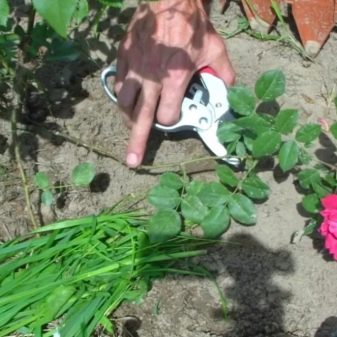
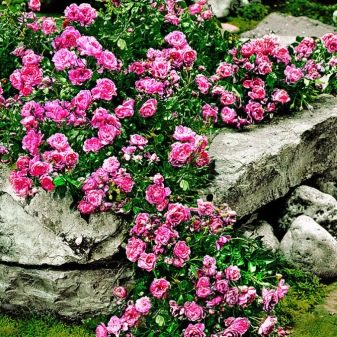
Other nuances are listed among the advantages:
- simplicity and low cost of any vegetative method, no need to purchase expensive material in the nursery or on the market;
- getting not a grafted rose, but an independent bush, on its own roots;
- useful qualities - the result of efforts comes out adapted to the existing conditions, moreover, it does not give wild growth that needs permanent removal;
- unpretentiousness - the bush grows accustomed to the characteristics of the soil and does not require special soil mixtures, it grows longer and receives natural immunity from the source;
- a chance to get a rare variety in your collection, which may not be in the assortment of online stores and retail chains, and at no special cost.
Of the minuses, they list, rather, the circumstances than the real shortcomings. To grow the variety you like, you need to make some efforts and take into account the circumstances: the biological characteristics of the species, the correct selection of material for vegetative propagation, the sterility of the substrate and the sharpness of the garden tool, adherence to the prescribed rules and the right time.
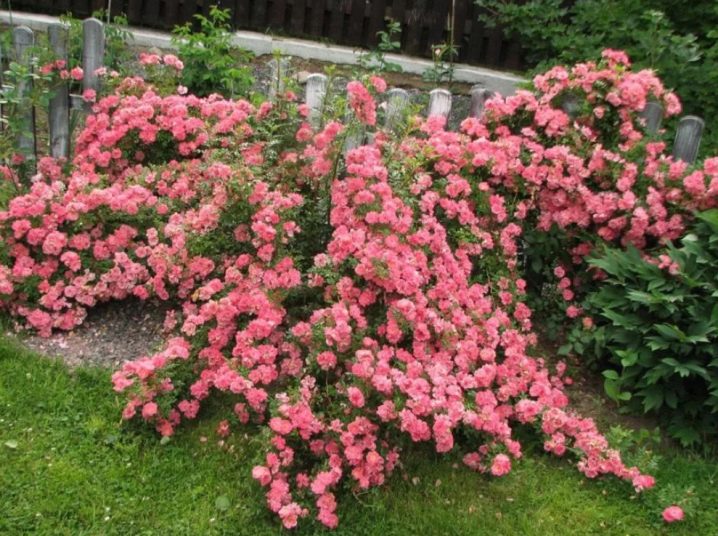
What varieties can be propagated?
Lack of experience can create a deceptive illusion of ease in the application of the layering method in a novice gardener. However, its suitability does not extend to all the many varieties of roses bred by breeders. This is one of the major drawbacks. When creating a rose garden on your land tenure, it is better to find one of the publications that describe in detail the varietal characteristics:
- in some sources it is indicated that climbing and miniature varieties reproduce well, and it is better to breed ground cover by cuttings;
- in others, it is argued that, even without taking into account special nuances, the success of the method is more than 50%, and you can try in any case;
- drawing attention to the existence of several ways to make layering, you can also breed a bush rose, floribunda, tea and hybrid varieties, provided that there are no grafts on them;
- the hardy Canadian can even, under certain conditions, be left to winter in the soil, covered with compost, and separation from the mother bush can be made already in the spring.
Detailed instructions on soil preparation, fertilization, and dimple length and width may not be needed. This happens because experienced flower growers do not limit themselves to sprinkling a branch from a bush. There are methods of obtaining layering in an upright position, in the air, using primitive but effective devices.
Perseverance and perseverance, plus the knowledge of some secrets will help achieve the desired result, get enough high-quality material for arranging a beautiful site, landscape design segments.
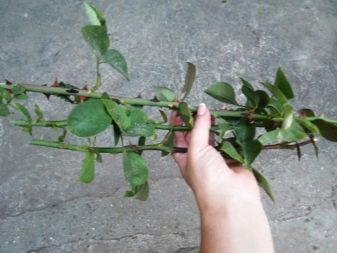

Timing
Each breeding method has its own recommended timing. But they are rather arbitrary, because the work on the plant has been going on for some time. It can be carried out in open ground, in greenhouse conditions, or not for planting at home, but for sale:
- Work with groundcover, climbing and shrub roses begins in early spring, provided that the horizontal layering method is used.
- In the fall, they cut it off, and in the spring they spud the shoot to obtain vertical layers, which are transplanted after the end of the leaf fall.
- In the summer, you can do air layering, allowing you to get large seedlings, let the material take root on the site until the cold weather sets in.
In some sources, you can find recommendations to start breeding shrub and climbing roses in July. But it would be more correct to talk about the second half of the summer. To do this, you need to follow the recommendations, and the final rooting takes place in the spring, then you can separate from the mother.
For those who want to definitely engage in summer breeding, cuttings are recommended, although in this case it is difficult to do with one season.


Breeding methods by layering
This home breeding method is a simple and convenient, uncomplicated and productive method, proven by many years of practice. The advantage is the ability to get layering from a bush that is already growing in the garden, it is enough to dig in using available tools. The easiest way, according to experts, is to lay simple layers, when it is enough to make a groove using shoots with a good tendency to root formation. This method is the fastest of all known. Rooting takes place in one season, by simply dropping branches, it will take more time for air and vertical. The success of the enterprise is in any case determined by how correctly the followed instructions are drawn up. By performing the necessary steps step by step, you can do without grafts and expensive purchases, which also do not give a 100% guarantee.
A lot is decided by the persistence and scrupulousness of following the instructions, which are slightly different for each method.
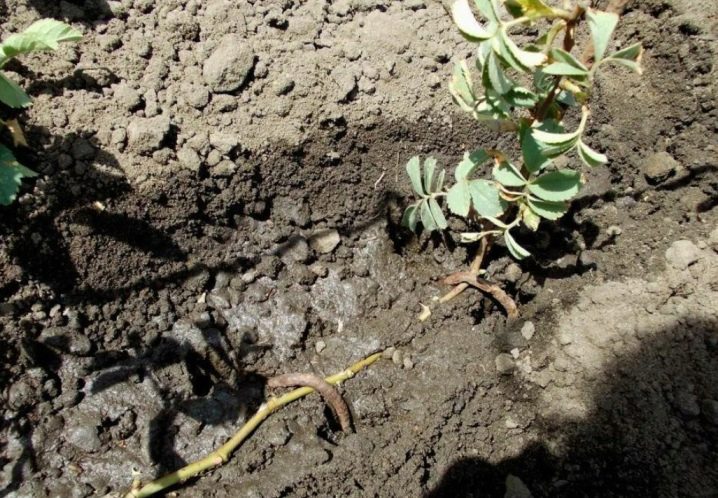
Laying in the soil
The main method, the brief essence of which is to sprinkle soil on a flexible shoot from a full-fledged bush in order to get it rooting. An approximate algorithm for this most popular method:
- release of the shoot from leaves (internodes are left at the end);
- it is buried in the prepared groove along the entire length;
- fixed with metal bows or staples;
- the soil with which it is sprinkled is permanently moistened;
- after rooting, the finished material is separated from the parent specimen.
Some care will be required - weeds are weeded around the planting, watered both the bush and the layers, loosen the soil and apply fertilizers. An important condition is not to let the young bush bloom in the first season, so that it will spend energy only on survival in a new place.

Air
It is carried out using improvised means, most often a cut plastic bottle. The green skin is removed from the branch, the exposed segment is treated with a stimulating solution, and then placed in a bottle filled with a nourishing substrate, compacted and moistened. The bottle can be secured with string or tape. Some craftsmen use a plastic clamp for this (this is not a prerequisite), the main thing is to protect the structure from overheating of the roots, for this it is wrapped in reflective foil.
They take it off for a while and put it on again, and only after making sure of the development of the roots, the branch is cut off with a sterile and sharp garden tool. Before planting, the roots are kept in water so that they absorb a sufficient amount of moisture. You can add a little "Kornevin" to it.
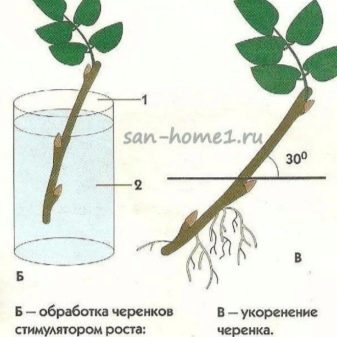
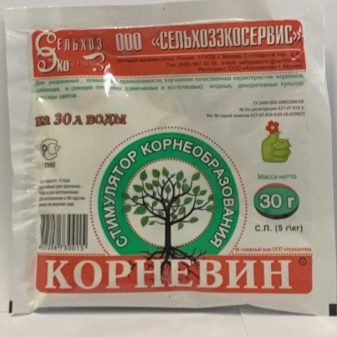
Vertical
It is used only with certain varieties that calmly accept strong pruning, since it will certainly be required to obtain a result. The mother bush is pruned in the fall, and in the spring the shoots are spud, which have grown by about 10 cm. Gradually increasing the filled mound of moist soil throughout the summer, in late autumn, the shoots with roots are separated from the source plant and transplanted further away or to the intended place.
The use of this method is common when growing for sale, but if it is necessary for your own needs, then the same rule works as with horizontal layering. - the rose bush should not bloom during its first independent season. Layers are not the only method for propagating roses, but they are simple and productive. It is used by experienced flower growers and beginners. Observing all the conditions, they achieve their goal. When to do this - sooner or later - may depend on the variety to be propagated.
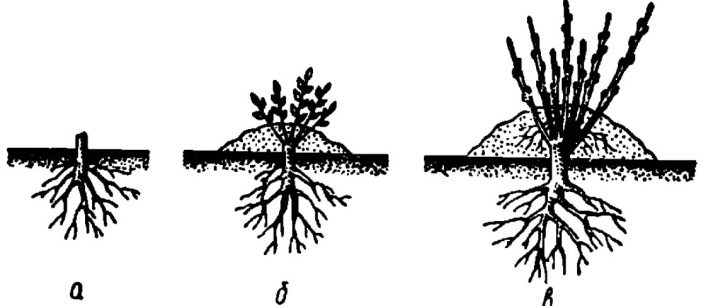

































































































The comment was sent successfully.